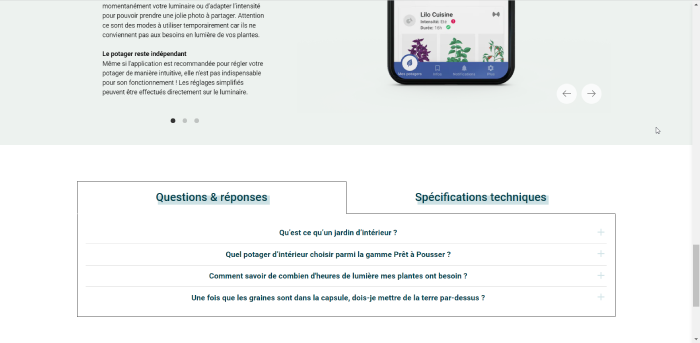For a company that markets a product or service whose purchase involves potentially complex handling, or presupposes after-sales service or user assistance, customer service management (CRM) is key. As much as the quality of the product itself, or even sometimes more, it determines the ability to convert or retain customers. The quality of customer service is a relationship marketing lever in both B2C and B2B, and improving it is a way to increase conversion and loyalty rates.
In concrete terms, how can we make after-sales service a powerful tool for building customer loyalty? Here are 5 key points.
1. Make sure your customer service is easily accessible
Analyze requests, and adapt customer service hours
Nothing is more frustrating than falling on an answering machine indicating a service unavailable when, as a customer or consumer, you try to reach the assistance of a brand. This frustration automatically leads to the loss of loyalty points, due to a degraded experience with the brand.
To avoid this, it is therefore necessary first to try to adapt the organization of the company to best cover the days and times when the company statistically receives the most incoming calls. The analysis tools make it possible to quickly visualize these periods. During these periods of high demand, it is a question of strengthening the teams of operators.
Adapt the information to the client
In terms of customer experience, it is very important to properly inform the customer. Thus, it is advisable to clearly present to him the opening hours of the service, and even to indicate the times at which he is most likely to minimize his wait.
Then, you also have to make sure that the on-hold message tells the customer all the information they might need, and that this information is clear and up-to-date: service opening hours, alternative contact channels, content available to find an answer to his question, etc.
Finally, it is often relevant to adapt the contact page of the company’s site depending on whether or not customer service is open, so as not to display a means of contact that is not available when the customer visits the site. . Here is a very good use case of intelligent adaptation of the content of a website to improve the user experience (UX)!
Use solutions to take messages intelligently
However, it is not always possible to adapt the organization to meet demands at any time of the day. In this case, it is advisable to propose alternatives to the customers, to avoid impasses. Voice mail that can take a message, with a route in the form of a “voice form” is an excellent solution: this is what the Grand Optical brand has implemented, in order to take messages via incoming telephone calls in outside service opening hours.
In 2019, Google launched the CallJoy solution in the United States to help SMEs solve this problem. CallJoy makes it possible to record a message and to exchange by SMS with people calling the company, thanks to artificial intelligence.
Offer more user-friendly contact functions via the web
The web call back
Some consumers, for fear of having to wait too long for a response from customer service, prefer to be called back by it. The web interface should allow this with a function called web call back. The consumer enters his telephone number and chooses a callback slot. This also helps relieve customer service, by allowing them to set these reminders when available. By eliminating customer waiting, this function greatly optimizes their experience and contributes to greater satisfaction.
More ergonomic and educational forms
Making contact via a form is generally not the solution that a client chooses spontaneously, although it is often the most effective. How to better suggest to the customer to use the form? By working on its ergonomics, and the contextual messages around the form, to reassure the customer and give him relevant information on how his request will be processed. Here is an example with the site of the company Prêt à Pousser, whose UX is particularly effective:




